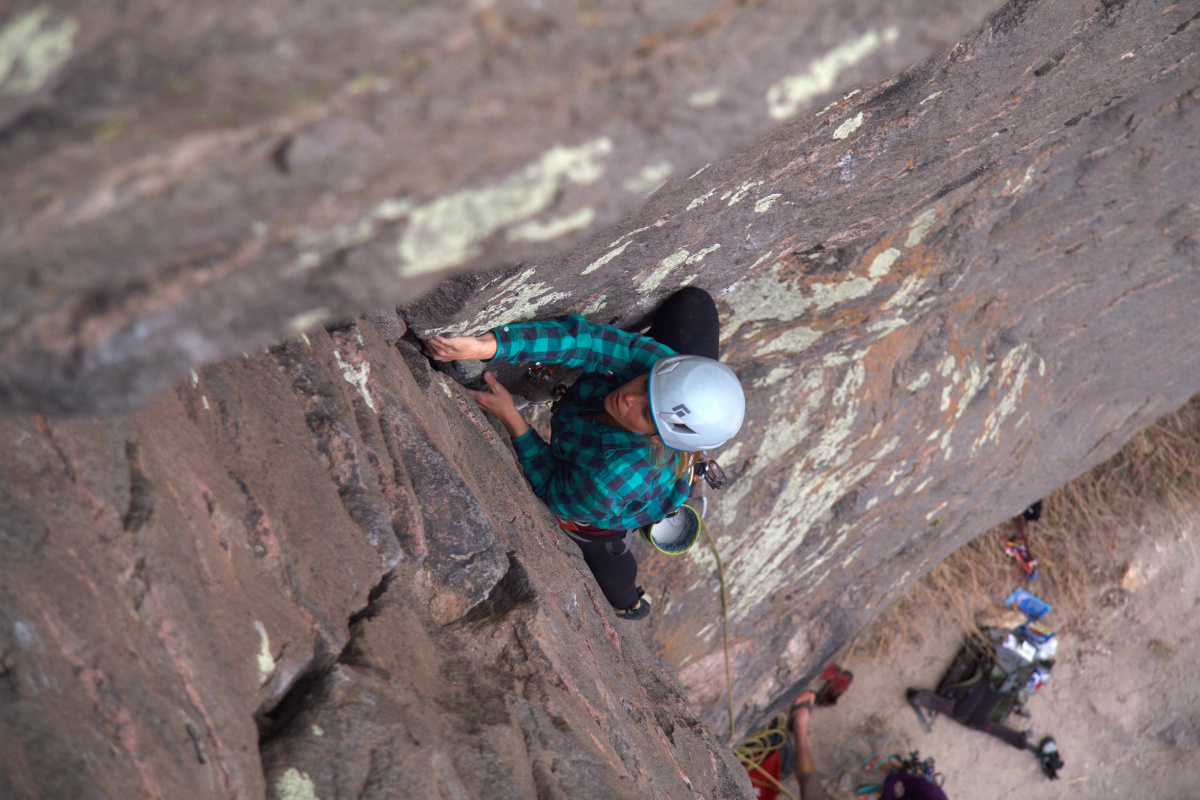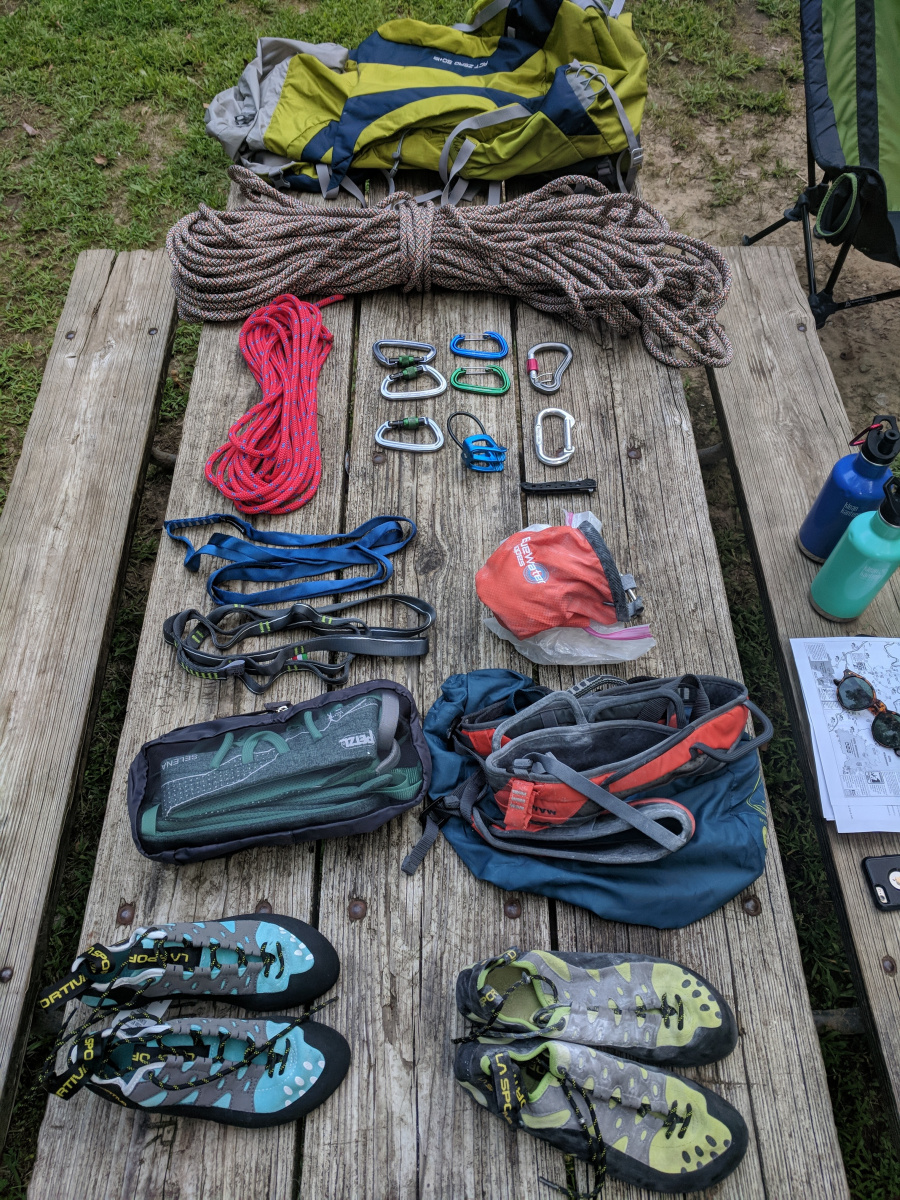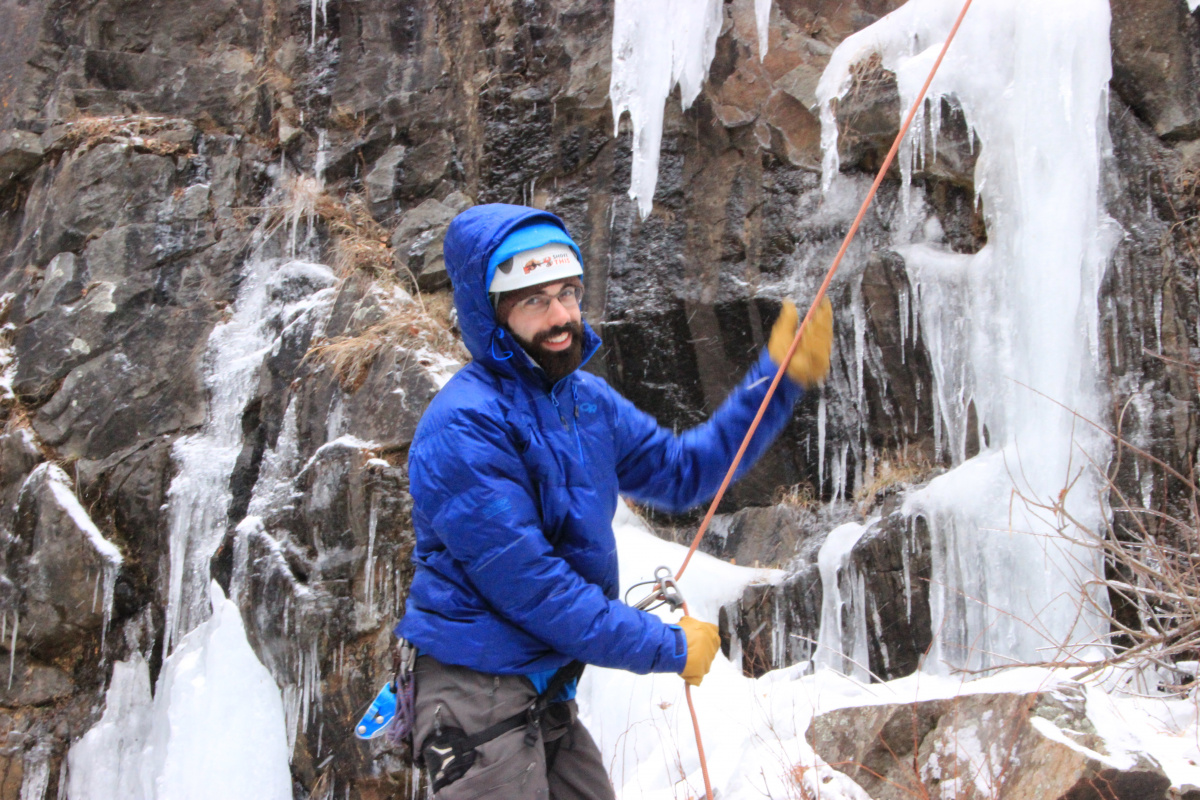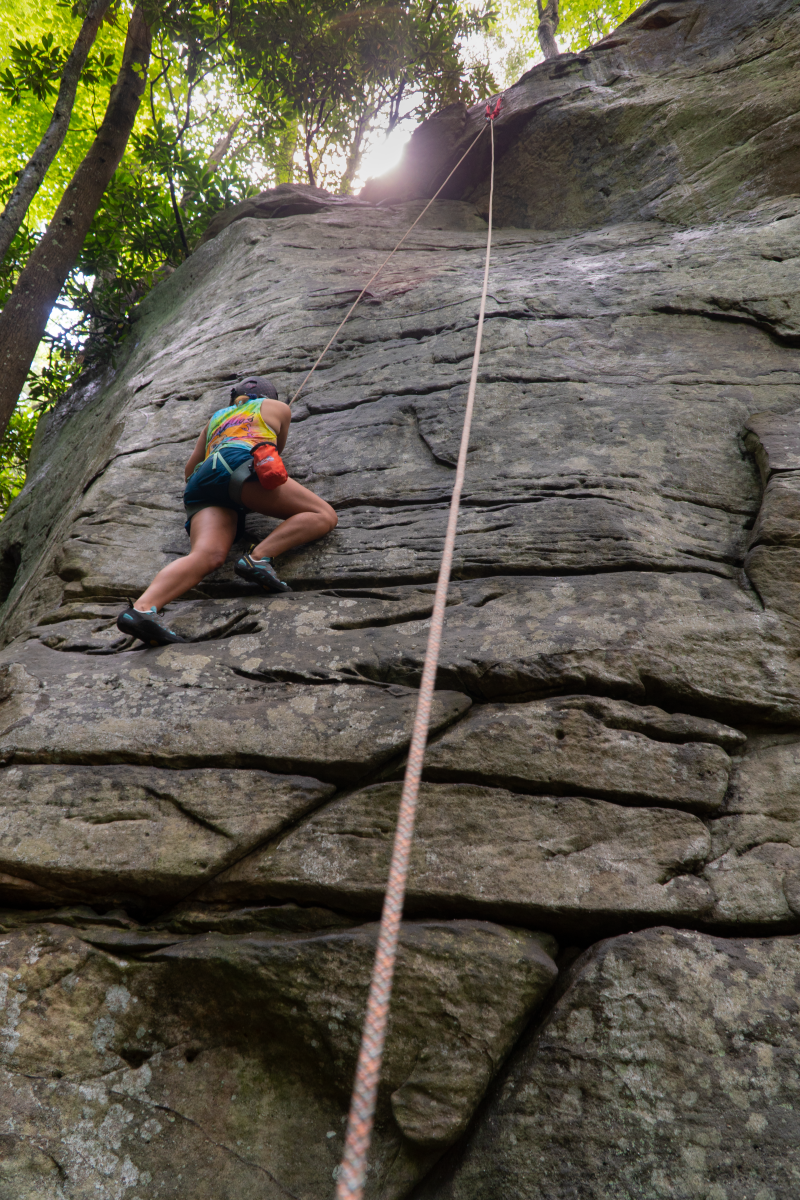Skills & Techniques
How to Leave No Trace on the Crag

Brice
-
January 16, 2019

Reno, NV: Climbing areas can receive significant use and so significant impacts. Practicing Leave No Trace ethics while climbing can aid in the conservation of these areas, keep climbing access available, and promote a positive image of climbers within the outdoor community. Here are some things to consider during your next climb to keep our shared outdoor spaces healthy.

Before Climbing
- Research access to the route. Where is parking available? Is there a designated trail? Are climbing permits necessary?
- Consider the wildlife in the area. Are there any seasonal closures due to wildlife activity?
- Try to avoid high use timeframes. This keeps impacts and conflicts down.
- What are the site-specific guidelines regarding removable protections, food storage, or human waste?
- Think about the rock color and plan your chalk use to match
- Keep your group size down and break up larger groups

During Staging
- Use existing trails and don’t cut switchbacks
- Make sure your staging area fits your group size
- Keep the noise down. Be respectful with belay calls and don’t blast music from portable speakers
- Organize your gear prior to climbing and avoid spreading out too much
- Handle human waste correctly. Busy routes can quickly become overwhelmed with human waste. Go before you get there. Walk 70 big steps away from the crag and water sources to dispose of liquid waste, and be prepared to pack out solid waste, toilet paper, and feminine hygiene products with you. In some areas a cat hole will suffice for solid human waste but must be 70 big steps/200 feet away from water, trails, and the crag.
- Don’t trample vegetation, especially when topping out on walls
- Use a large static webbing sling if anchoring to a tree
- Keep any pets at the crag under control and on a leash

While Climbing
- Share the area with others, climbers and passers by alike
- Removable protection is always better than installing new bolts or pitons. Use removable protection and existing hardware whenever possible.
- Avoid loose rocks and untouched vegetation while on route
- Use as little chalk as possible, and use a color that is compatible with the rocks to avoid unsightly chalk marks.
- Avoid peeing in cracks. Pee will dry faster out on a rock face, and cracks are rarely washed out by rainwater leading to unwanted smells.
- Be careful where you place your hands to avoid wildlife and nests

After Climbing
- Pack out all trash including orange peels, shells, and other “natural” trash.
- Use designated campsites instead of making new ones
- Store food properly to keep it away from wildlife
- Give back to the climbing area by volunteering
- If posting on social media, follow our guidelines to ensure posts promote responsible outdoor recreation.

Put these ethical climbing techniques into practice to be a good steward of the sport and the land. Enjoy your climb and Leave No Trace.
Leave No Trace’s Erin Collier and Brice Esplin are part of the 2018 Subaru/Leave No Trace Traveling Trainer Program that provides free, mobile education to communities across the country. Proud partners of this program include Subaru of America, REI, Eagles Nest Outfitters, Deuter, Thule, Taxa and Klean Kanteen.
Let’s protect and enjoy our natural world together
Get the latest in Leave No Trace eNews in your inbox so you can stay informed and involved.
